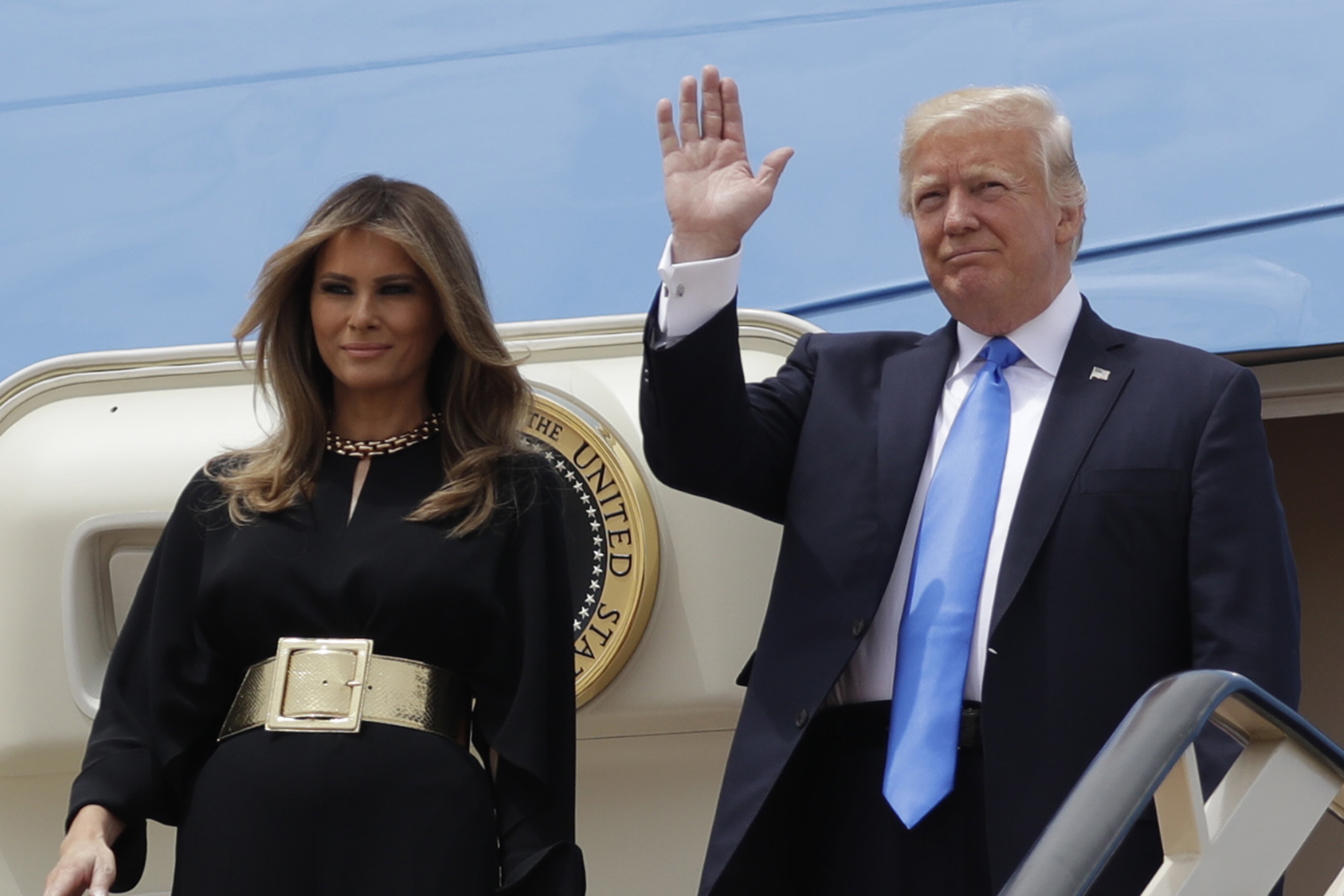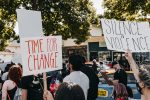Trump Abroad
On the bright side, the president’s tour of Saudi Arabia, Israel, Italy and Belgium could have been worse.
By Miguel Robles, University of Colorado Denver
The overseas reputation of the forty-fifth President of The United States, Donald Trump, hasn’t exactly been very positive.
From his thwarted attempt to ban Muslims from six nations from entering the U.S., to the plans to build a wall down the entirety of the Mexican-American border, to literally and figuratively shoving his way past world leaders, Trump’s bravado has alienated foreign friends and foes alike.
At the beginning of the month, Trump embarked on an ambitious first trip overseas. In the midst of the investigation into Russian influence in the American election, a scandal reminiscent of Watergate, a trip out of the country couldn’t happen soon enough for the wounded president. The trip represented his unveiling on the world stage, while also offering a unique opportunity to save his struggling image.
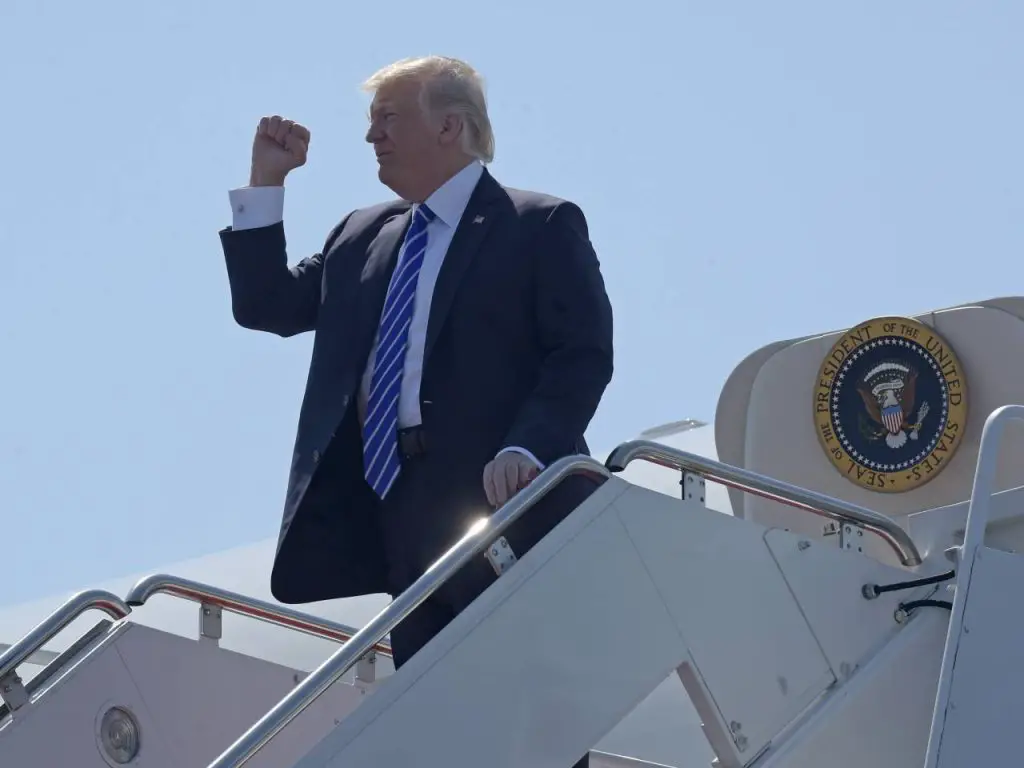
The trip was intended to promote unity in a world that’s becoming increasingly divided. Much of the division is rooted in Trump’s ascendance to the Oval Office, especially due to his Islamophobic remarks and his indifference toward climate change. Trump has riled up the international community, often pushing forward an “America first” agenda.
By starting the trip with visits to nations largely representative of the three major religions, Saudi Arabia, considered the birthplace of Islam, Israel, the home of Judaism, and the Vatican, the home of the Roman Catholic Church, the Trump team projected a message of “we’re all in this together,” an extremely important pivot from Trump’s divisive tone in the past.
Since Trump’s administration so far has largely been a dumpster fire, many were surprised when the trip was relatively quiet of scandal. For the first time in his young term, President Trump looked, at moments, rather “presidential.” In addition, while his position has been muddled in the past, he put forth a clear foreign agenda on issues regarding national security, terrorism and global diplomacy.
Yet, the trip wouldn’t have seemed complete without its fair share of hiccups and cringe-worthy moments from the commander-in-chief.
Saudi Arabia
The trip began with a visit to Saudi Arabia to rehash an annual installment of the uneasy alliance. For Trump in particular, the trip had awkward implications, as he’s on record bashing the nation of Saudi Arabia, highlighting their involvement in the 9/11 attack and saying that they wanted “women as slaves and to kill gays.” Despite the perceived hostilities, Trump received a warm welcome when he landed in Riyadh, whose dignitaries notably treated President Obama to a much quieter reception last year.
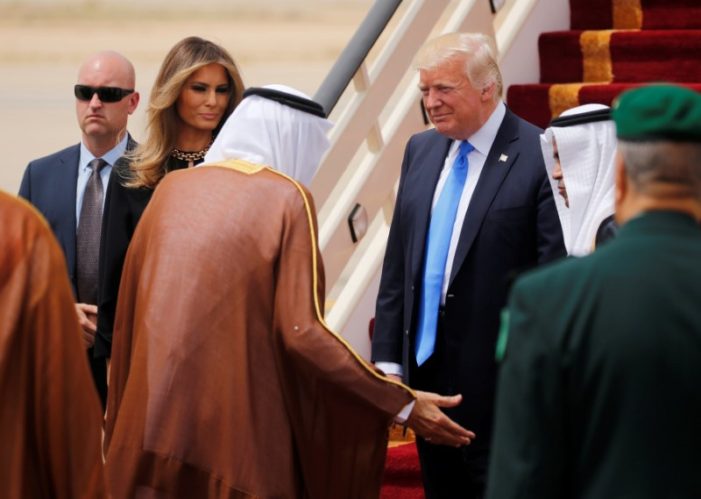
The current president met with King Salman, Deputy Crown Prince Mohammad bin Salman Al Saud and Egyptian president Abdel Fattah el-Sisi. The agenda was centered around promoting prosperity, peace and security in the Middle East in a plea for Saudi Arabia to step up the fight against terrorism in their region (quite ironically, due to their track record of supporting terrorist sects).
However, in contrast to Trump’s past statements on Islam, he was remarkably understanding toward the Muslim faith, noting that it was Muslims themselves who are the biggest sufferers from terrorism. The complete 180 is surprisingly reminiscent of President Obama or Secretary Clinton’s speeches regarding Islam in the past, especially considering that he never once said the phrase “radical Islamic extremism,” a point of contention Republicans have used against the two leaders for years.
While the trip certainly had its positives, his relationship with the Saudis seemed almost too cozy. Getting past the $100 billion weapons deal signed between the two nations, the relationship seemed more extensive than it really is. Although the Saudis are considered an “ally,” past U.S. presidents have often had to tiptoe around the tenuous association. It’s fair to say the policy in has been to “tolerate” them rather than fully support them. Let’s not forget that Saudi Arabia is an incredibly oppressive government responsible for a slew of human rights issues. The only reason the U.S. has tolerated them for so long is their influence in the region and their extensive oil reserves. Trump apparently didn’t get that memo.
Throughout the trip, the Trump family seemed to embrace the Saudi culture, something unprecedented for a sitting president. While the president sounded more accepting toward the Saudis than previous presidents by saying “we are not here to lecture,” the rest of his family was more direct in their praise. Both Melania and Ivanka Trump praised the Saudis for making “encouraging” advancements in women’s empowerment. Saudi Arabia has been immensely oppressive to women for years. The moment soured the trip, as the Trumps again seemed out of touch with reality.
Israel
The trip to the Jewish homeland, if nothing else, was historic. When Air Force One landed in Tel Aviv, Israel, from Riyadh, Saudi Arabia, it represented what is believed to be the first direct flight between the two nations. Trump then attempted to tackle a historic feat in finding peace between Israel and Palestine. He met with Israeli Prime Minister Benjamin Netanyahu and Israeli President Reuven Rivilin in Tel Aviv, and then Palestinian President Mahmoud Abbas in Bethlehem in an effort to restart peace talks.
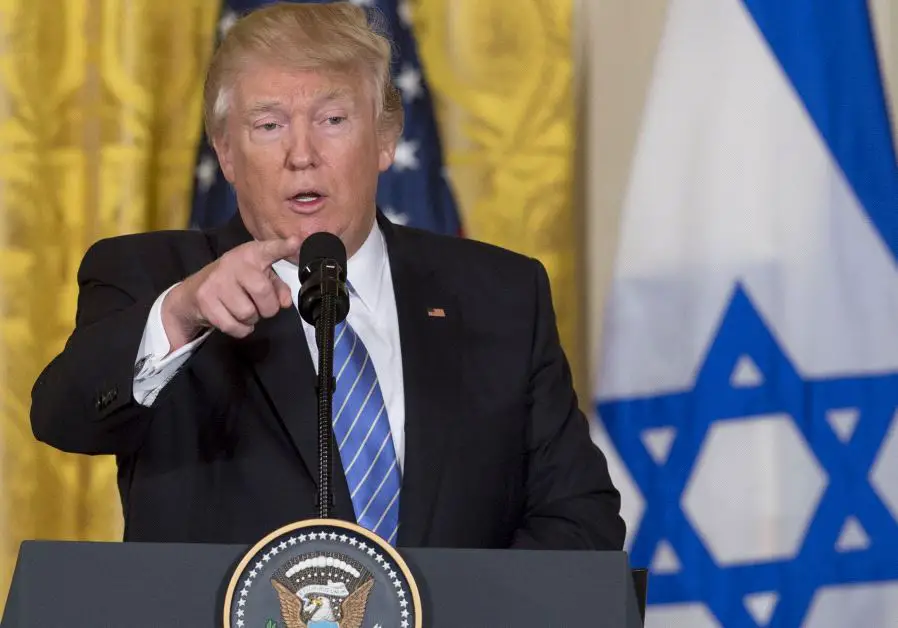
Trump also visited Tad Vashem, the Holocaust memorial center in Jerusalem, while becoming the first sitting U.S. president to visit the “Western Wall,” a Jewish prayer site.
In the middle of his trip, when Trump was making the rounds through Bethlehem, news of the horrific Manchester attack leaked out. Trump used the attack as a rallying cry of the importance of combating terrorism, saying that “terrorists and extremists and those who give them aid and comfort must be driven out from our society forever.”
While he didn’t figure out peace in the Middle East, the visit to Israel was a point of strength in the trip. Reaffirming a bond with the closest ally America has in the region is always a slam dunk for a president.
Although, the trip wasn’t without notable gaffes.
In Jerusalem, in a room full of Israelis, Trump said he has just gotten “back from the Middle East,” causing his own Israeli Ambassador, Ron Dermer, to physically react to the ignorance of the statement. Trump also seemed to have a lapse in judgement when he wrote in the guest book at Yad Vashem. His note, “It is a great honor to be here with all of my friends. So amazing + will Never Forget!” resembled a remark you’d make at some cheesy theme park, rather than at a site honoring the millions lost in the Holocaust. To put it in perspective, President Obama had this to say when he wrote in the guest book after his visit:
“I am grateful to Yad Vashem and all of those responsible for this remarkable institution. At a time of great peril and promise, war and strife, we are blessed to have such a powerful reminder of man’s potential for great evil, but also our capacity to rise up from tragedy and remake our world. Let our children come here, and know this history, so they can add their voices to proclaim ‘never again.’ And may we remember those who perished, not only as victims, but also as individuals who hoped and loved and dreamed like us, and who have become symbols of the human spirit.”
For Trump to be so brainless in that moment is frankly embarrassing to me as an American.
Italy
There were certainly fewer items on the agenda when the president visited Italy. Trump met the Italian Prime Minister, Paolo Gentiloni, and the Italian President, Sergio Mattarella, in Rome, yet the focus of the trip was on the much-anticipated meeting with Pope Francis in the Vatican.
The two men have been fundamentally opposed to each other’s positions on policies regarding refugees, immigration and climate change. This time, it’s the Catholic Pope who’s the progressive one. Pope Francis has had no qualms about speaking out against Trump. In fact, he’s often been outspoken against the president’s policies in the past, calling Trump’s plans to build a wall down the Mexican border “not Christian.”
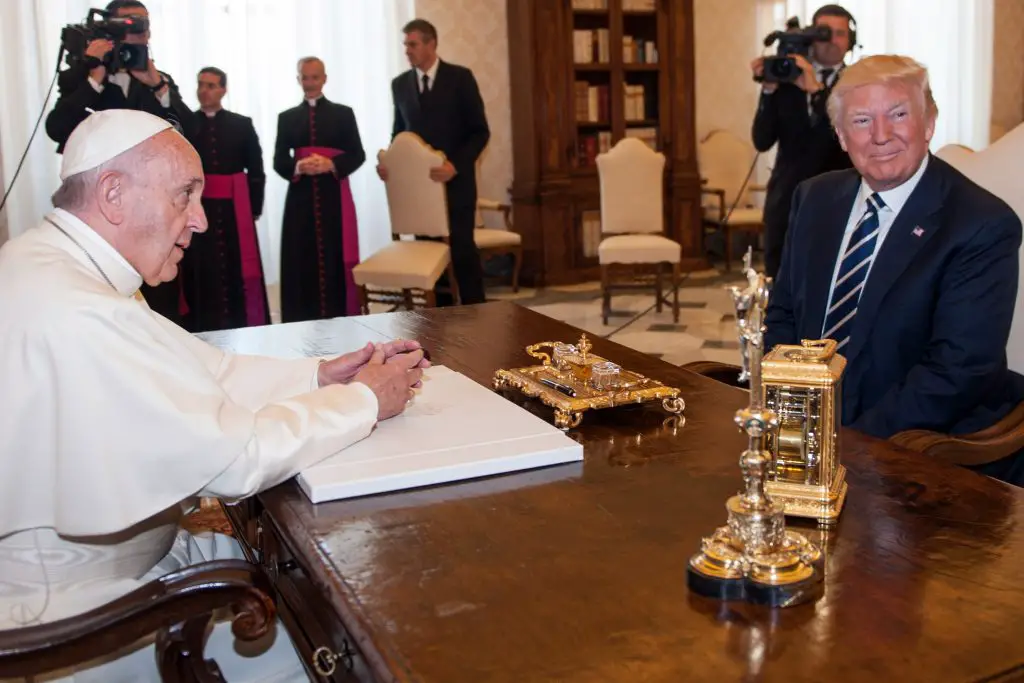
However, at least from the outside, it appears the two were able to remain cordial. They discussed promoting peace and the protection of Christian communities in the Middle East. At the end, the pair exchanged ceremonial gifts. Trump gave the Pope books written by Martin Luther King Jr., while the Pope gave the president a bronze medallion of an olive tree and an English translation of “Laudato Si,” the Pope’s own writings about the dangers of climate change. This gift clearly represents a slight jab at Trump, who has denied climate change in the past.
Brussels
In Belgium, for the first time on the trip, the mirage of a positive relationship between Trump and foreign countries rapidly vanished. While Trump met with Belgian political leaders, including members of the Belgian royal family, thousands gathered in Brussels to protest Trump’s visit. Protestors chanted: “Europe united against Trump” and “Stop Trump, save the planet.”
Meanwhile, Trump tried to maintain a slipping bond with European allies. In a meeting with leaders from corresponding NATO countries, Trump urged the heads of state to step up the fight against terrorism by spending more on defense, saying that “Over the last eight years, the United States spent more on defense than all NATO countries combined.”
Unfortunately, what will be remembered from the meeting the most is when Trump shoved the Montenegro Prime Minister, Dusko Markovic, to bully his way to the front of the group for the photo-shoot. While Markovic downplayed the incident, the Montenegro newspaper “Vijesti” wrote “It seems Donald Trump did not want anyone to overshadow his presence at the summit.”
Trump certainly came off as the “big boss,” at the expense of looking like an egotistical asshole.
G-7
The final trek of Trump’s journey took him to Taormina, Sicily, the home of the latest G-7 summit. The group discussed growth in trade and empowering women in the African region, while considering international terrorism after the attack in Manchester.
Most importantly, the G-7 leaders discussed the importance of upholding the Paris Climate Agreement. All of the G-7 leaders followed through on their agreement—that is, besides it’s arguably most important member, the U.S.
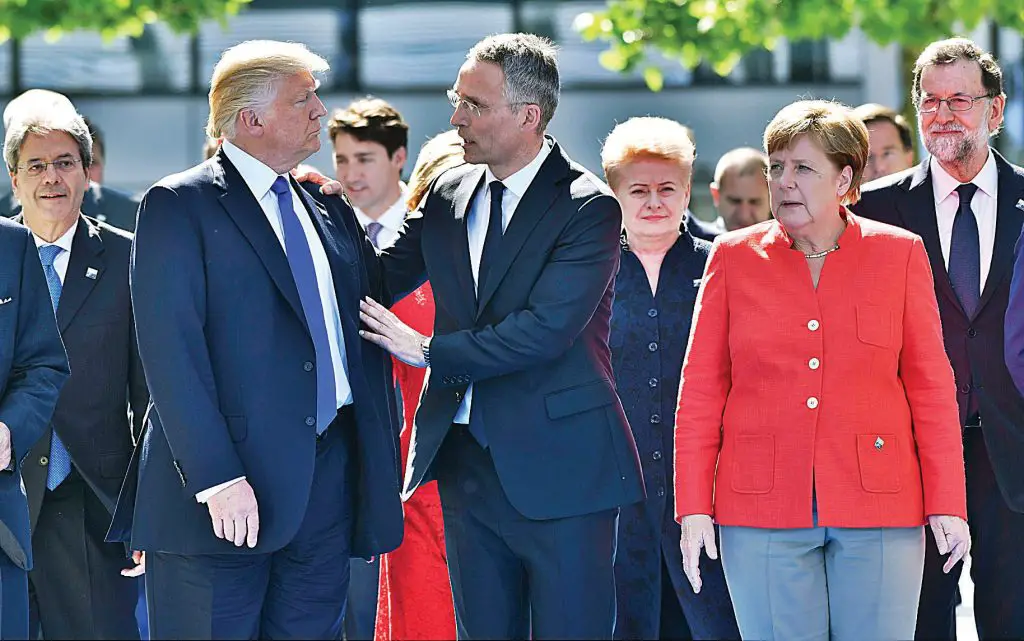
Donald Trump announced when he got back home that he had decided to pull out of the Paris Agreement, saying, “I was elected to represent the citizens of Pittsburgh, not Paris.” It looks like, at the end of the day, Trump gained little perspective from his visits abroad. The decision to pull out of the agreement has disastrous implications, and may have derailed a lot of the good will raised by the trip.
In the end, Trump was never going to end terrorism, find peace between the Palestinians and Israelis and mend his tattered international image in an eight-day trip; better men before him have tried and failed. Trump did what he needed to do, said (at points) what he needed to say and, for the most part, avoided a diplomatic incident. The trip wasn’t without its fair share of drawbacks, but it could have gone much worse. At this point in his administration, that’s the best that you can hope for.


